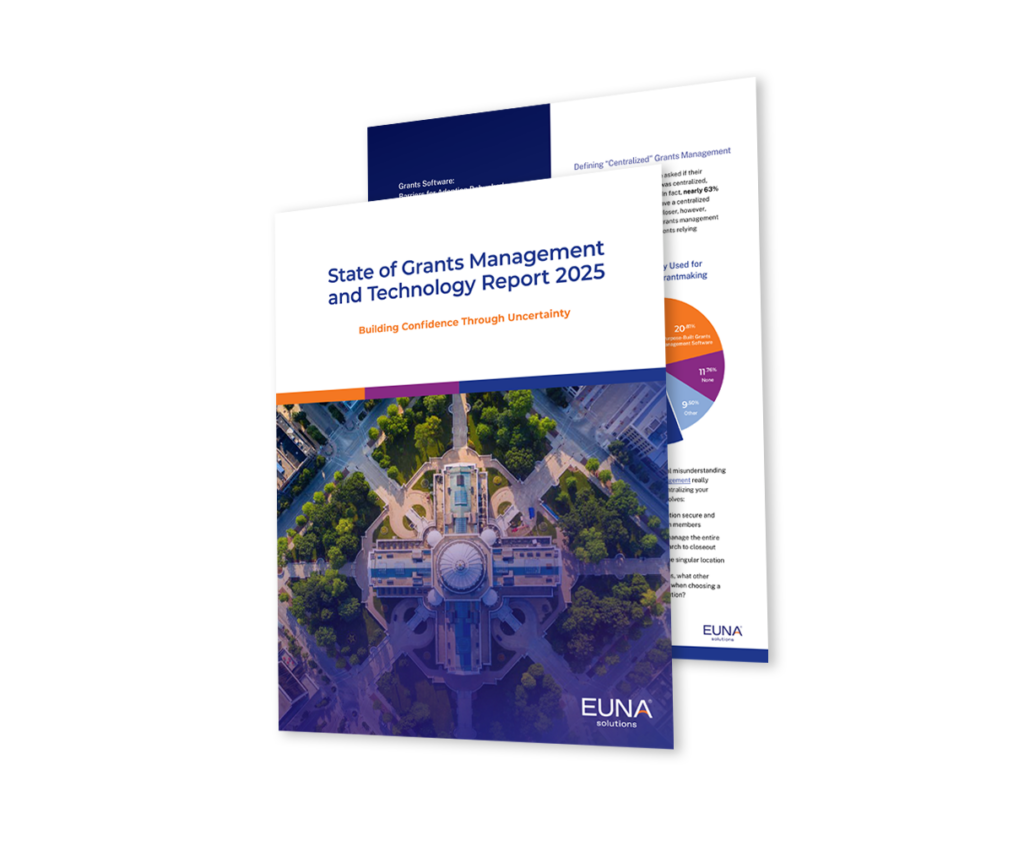Grant professionals are familiar with the dance that takes place between grantors (those who provide the funding necessary to sustain organizations and government agencies), grantees (the recipients of these funds) and sub-grantees (those who have contractual or grant relationships with grantees).
There are many misperceptions about the roles of each group and the intentions behind decisions that are made to support invaluable public services. This article represents the first in a series of posts about these relationships, as an attempt to provide some clarity and demystify the decision-making process behind grantors, grantees, and sub-grantees.
This first post will focus on communications. Communications means many things, and we now have an inordinate number of means to communicate – email, phone, in-person, teleconference, webinar, social media, and the list keeps growing. While additional opportunities to share information and knowledge seem ideal, it does present problems in terms of what is acceptable to share, when, and how often. In order to address these issues further, I’ve broken out some common issues experienced by grantors, grantees, and sub-grantees, and how these issues can be addressed.
What communication issues exist?
Grantors – Grants management specialists and program officers may have a portfolio of 50 grantees. Within some agencies, such as NIH, the portfolio can be in excess of 100. How can these individuals provide individualized feedback to their awardees? Unfortunately, sometimes those grantees who are at risk of losing funding, or are identified as standouts from the crowd, receive (proportionately) the greatest level of support. Federal agencies often provide technical assistance support to grantees, and this is built into their grants management practice, including webinars and conferences. Most grantors are extremely supportive of the organizations for which they award funding, and are open to building relationships with their awardees.
Grantees – Grantees can often serve dual roles as funding recipients and funders, which occur often in state agencies or large-scale nonprofits, such as United Way. How is this information tracked, and what predominant job functions take over? This seems overwhelming, and while grantees seek to adhere to funding requirements, changes in federal guidelines (most recently the OMB Super Circular) and other ongoing changes within federal agencies and foundations make the grants management process that much more complex. While grantees often have the best of intentions to conduct ongoing outreach, there is often limited time to communicate with grantors and sub-grantees about these complexities and discuss grant-related issues.
Sub-grantees – Often the forgotten stepchild in the grants management process since they are further removed from the funding source. They are the last group to receive information about changes to notices of award, but are burdened with reporting requirements and information compilation. Sub-grantees might also be concerned about whether they should directly communicate with grantors or solely with grantees.
What type of communication is most common?
Grantors – Communication is mostly focused on passive information flow (i.e. webinars, teleconferences, guidance distribution, mass emails), whereby grant-related information is shared equally among grantees. This is done mostly because of fairness and equitable distribution of information. However, many grants management specialists and program officers conduct site visits, information sessions, and are available for one on one consultation, but this requires the grantee (or potentially the sub-grantee) to drive the communication for more active involvement.
Grantees/Sub-grantees – Communication is focused on some of the passive information flow (if serving in grantor capacity) and also driving active partnerships through email, phone, and in-person correspondence with the funding entity.
How can some of these barriers be overcome?
Each organization or agency has different communication protocols; therefore, it becomes hard to generalize what is best for all organizations. However, the following approaches might yield greater outcomes and potential for success.
- Create a communications plan to identify when/how/methods in which to communicate with both grantees and grantors – this should be built into any standard grants management practices.
- Document all communication through an electronic system or database. We often forget what we did yesterday, so how can we remember a communication that happened two months ago if it is not recorded?
- Remain persistent to obtain information, especially if it is integral to your work or the management and/or execution of a funding award. Eventually this will impact you and your work.
- Do not assume the worst. Changes and situations happen. Perhaps a grantee had to drawdown additional funding for a capital improvement grant due to a major plumbing malfunction, or there was a change in leadership within a grant making entity. As in life, always remain mindful that things happen, despite our best intentions to plan ahead.
Grant seeking and management is a partnership, and only by establishing these relationships and working together is the best way to approach a more effective dynamic and growth in the sector.
About the Author
Rachel Werner’s career has spanned the corporate, nonprofit, and public sectors, and follows a brief stint as a first grade teacher. The founder of RBW Strategy, Ms. Werner spent nearly seven years as a dedicated fundraiser and grant writer for nonprofit organizations and freelance clients. She has served as a dedicated fundraiser and grant writer for nonprofit organizations and as a grants management specialist implementing a compliance system for large U.S. Department of Education No Child Left Behind funds within charter schools across the U.S. In addition to being a skilled project manager, she has strong subject matter expertise pertaining to the grants lifecycle.
Ready To Modernize Your Grant Process?
See how eCivis can help streamline and automate your internal controls, workflows and management process. Learn more today. If you want to learn more about other grant management best practices go to our blog homepage.

